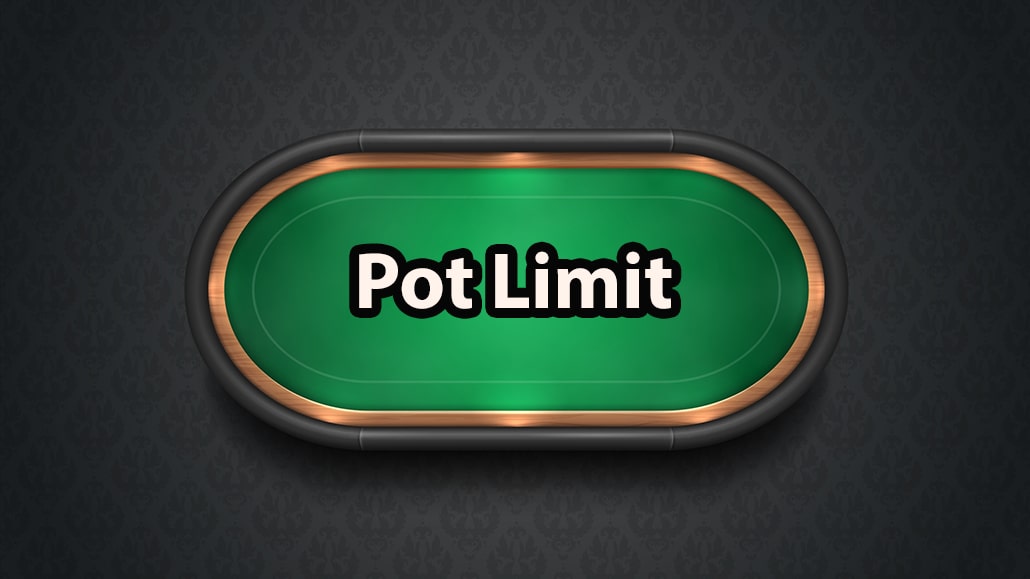What Is Pot Limit In Poker?

In poker, the term “pot limit” refers to a specific game betting structure that allows players to bet a maximum of what is already in the pot.
Aside from the pot limit betting structure, there are two additional betting structures used in poker games:
- No Limit – in no-limit poker games, players are allowed to bet any amount they want at any given time, and there is no limit on how many bets and raises can be made during a betting round.
- Fixed Limit – in fixed-limit games, players can only bet in fixed intervals and using either the small or the big betting sizes depending on the betting street, and there is a limit on the maximum amount of raises allowed during a betting round (usually one bet and three raises).
Pot-limit games are not as popular as no-limit games but are more popular than fixed-limit games, with Pot Limit Omaha being by far the most popular pot-limit game.
Poker Pot Limit Example:
If a player says, “I was playing $5/$10 Pot Limit Omaha”, he is communicating to us that he played in an Omaha game where the small blind was $5, and the big blind was $10, that the maximum allowed bet sizing was pot and that there weren’t any limits on the number of allowed bets during a betting street.
For example, if you are playing in the previously mentioned $5/$10 game and everyone folds to you in the SB, where you make a raise to $30 and BB calls, the maximum you can bet on the flop is $60 since this is how much there is in the pot at this point.
ONLINE POKER:
RESOURCES:







